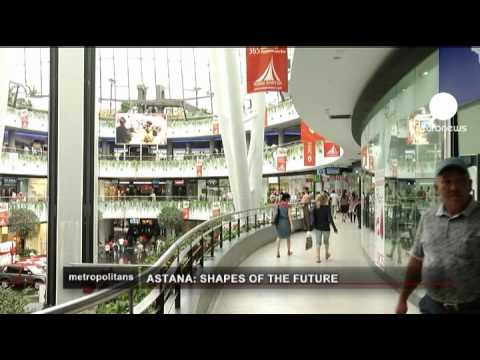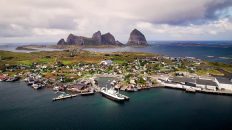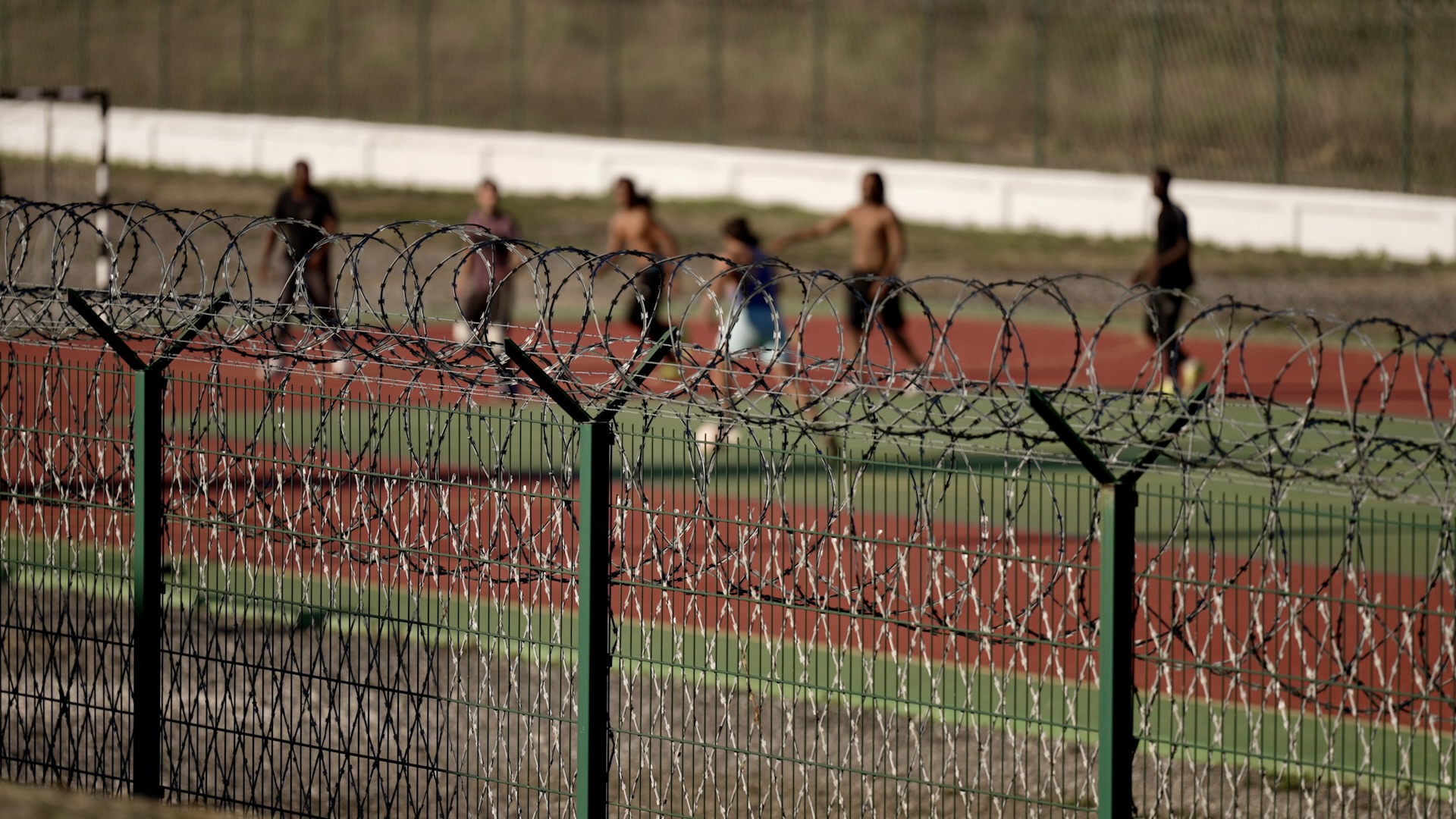Thirteen years since the rebirth of Astana, in Kazakhstan, the administrative capital is also becoming a regional business and cultural fulcrum, opening up new opportunities for young people from across the country.
One of Central Asia’s most distinctive cities, the capital of Kazakhstan is celebrating its 13th rebirthday. In the Kazakh language, Astana literally means ‘capital’. Before its constructive explosion, its population was less than 300,000 — a Soviet industrial outpost, not the most conveniently located, on the vast Kazakh plains.
Nurlan Baimurzaev and his family are among the newcomers.
Nurlan said: “This new part of city has been built from scratch in the seven years that we’ve been living here. The people who tend to move here are striving to grow, to create better conditions for their children, for their families — thinking about their future, in our country’s best city.”
Kazakhstan’s top leadership decided that the capital would no longer be Almaty, feeling it was too close to the southern border, much closer to China. Today, Astana’s modern administrative complex provides many of the jobs here. The population is now 700,000, though they are far from crowded. It is expected to take another 20 years to reach the one million mark.
The master-plan for future expansion nests in the mayor’s office. It takes up most of an entire floor. Astana’s chief architect says the boom in growth has shifted to a phase of slower, higher-grade, humanising development, to make the city more accommodating.
Sarsenbek Zhunussov said: “We still have a shortage of housing needed to welcome the large inflow of public servants and young families. And of course the birthrate in the city is quite high, since the average age is very young. Housing is what we need the most at the moment.”
More than 250 office buildings and public structures have sprung from the ground in the last few years. Kazakhstan has the largest energy-economy in all of Central Asia. It can afford to invest billions to develop Astana. The commercial and industrial areas are given special status, to propel foreign investments.
An official for the special zone, Meder Maselov, said: “A special tax and legal regime allows our investors engaged in building the city to enjoy exemption from some taxes and customs duties. We have also created a special regime making it simpler to import foreign labour. This has made it possible to attract investments of more than $10 billion (7 million euros), of which more than half is foreign.”
The Khan Shatyr gigantic shopping mall and social centre, styled after the traditional Kazakh nomadic tent, or “yurt”, is a creation of London-based architect Norman Foster, and built by a Turkish company. The wind off the plains flows around its translucent roof. A hundred and fifty metres tall, it is the largest tent in the world.
The roof is suspended on cables strung from a central spire. Various shops and rides make the entertainment centre an attraction to adults and children alike. Tellingly, perhaps, the name means ‘Royal Marquee’.
The cooling and heating systems are designed to keep it comfortable under the tent, year round. The complex only opened in July 2010. Outside temperatures may vary between thirty-five degrees Celsius and the same figure below freezing.
Notwithstanding international concern for human rights standards in Kazakhstan, the Astana Pyramid is meant as a symbol of tolerance and diversity. While western non-governmental organisations report actions to limit independent media criticism of the authorities in Kazakhstan, aesthetics appears exempt.
Artist Dastan Bissen said: “In architectural terms, Astana is a very interesting place. A lot of glass that mirrors the beauty of nearby structures makes it possible to see some very interesting reflections, silhouettes on the buildings, and the big clouds in our beautiful, deep sky.”
Twenty years after independence from the now defunct Soviet Union, this mainly Muslim nation of 15-million is building a modern look. The president, now in his seventies, recently returned to office, claiming more than 90 percent of the votes — even more than in the previous election. The country hopes to lift popular aspirations through urbanism.
Dancer Alexander Kim said: “Astana is a city of tomorrow, a city of opportunity. It is a place where all our ideas and dreams may come true, the city of our future.”





